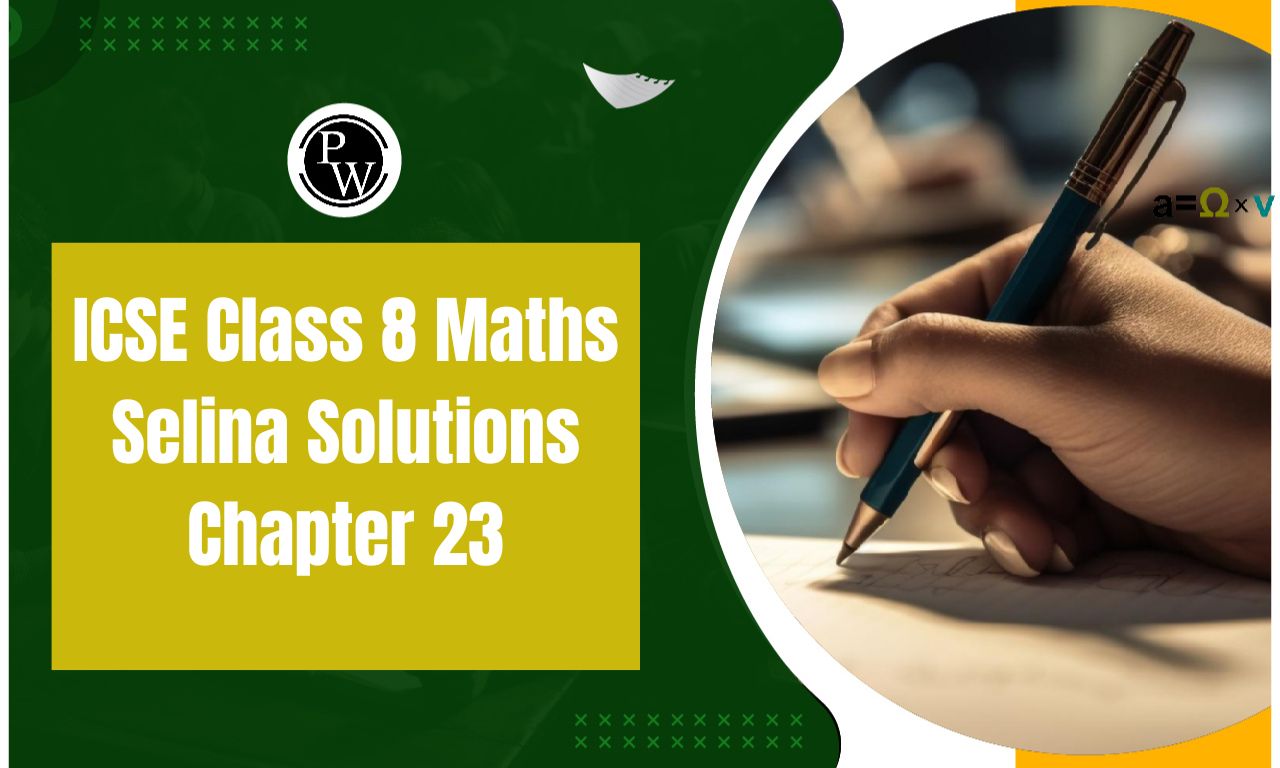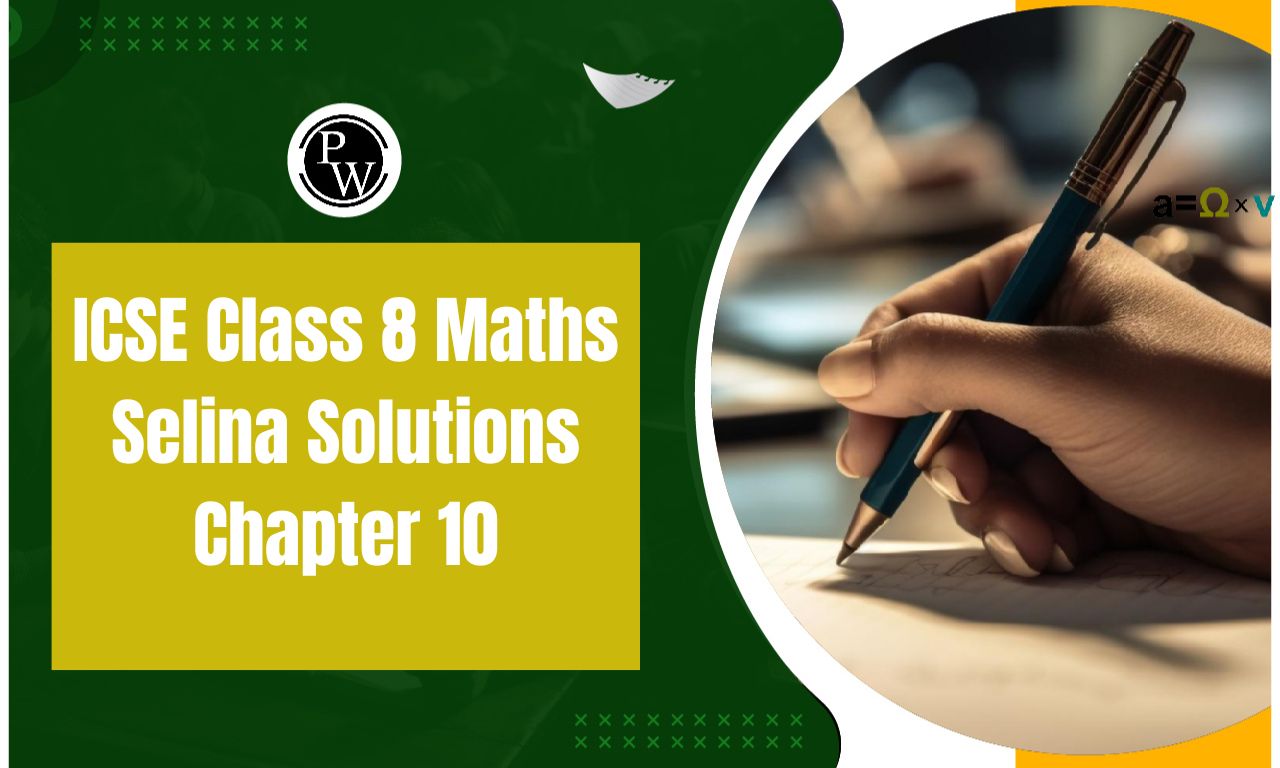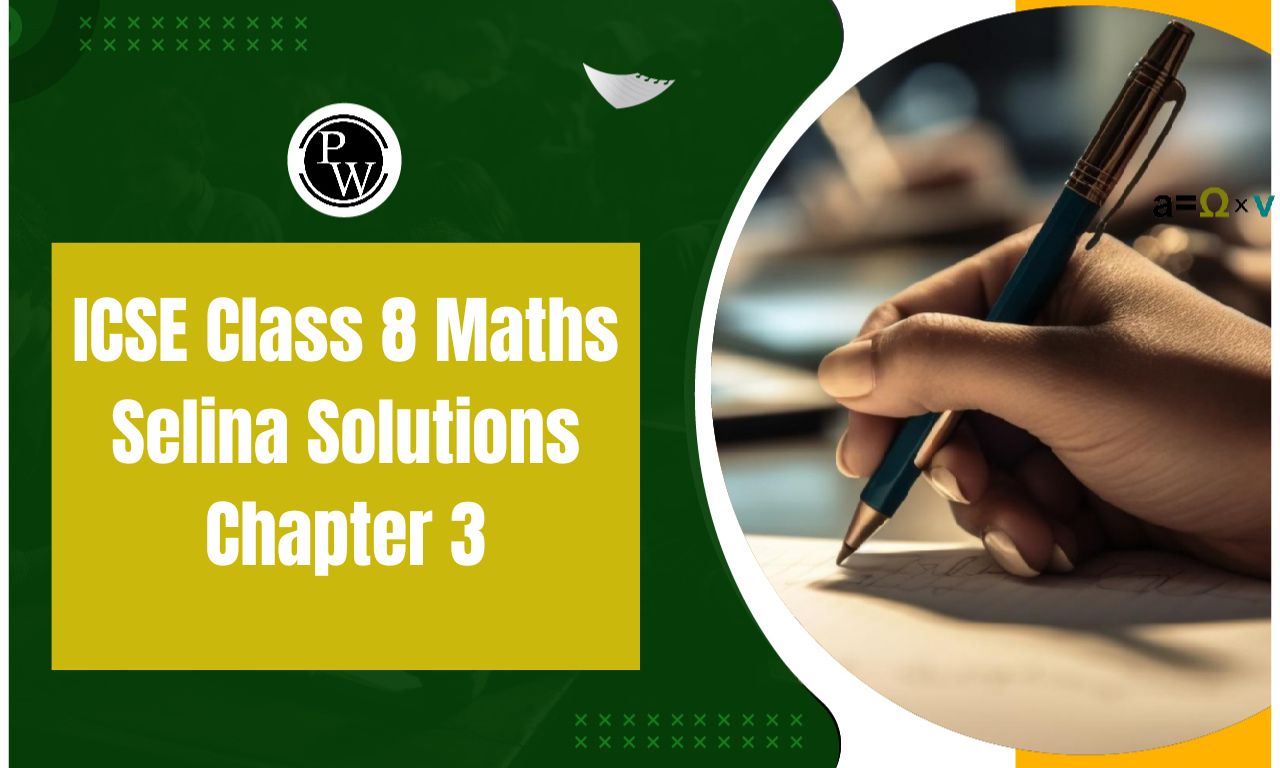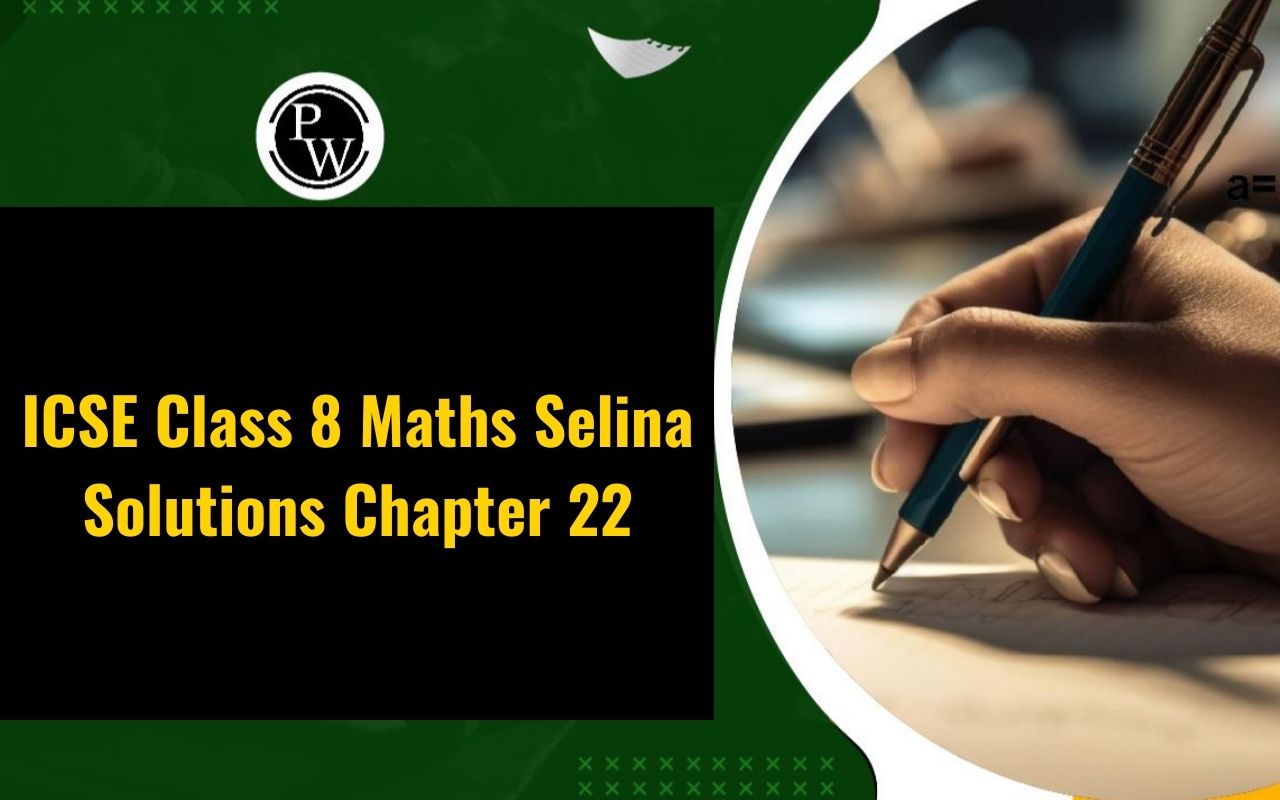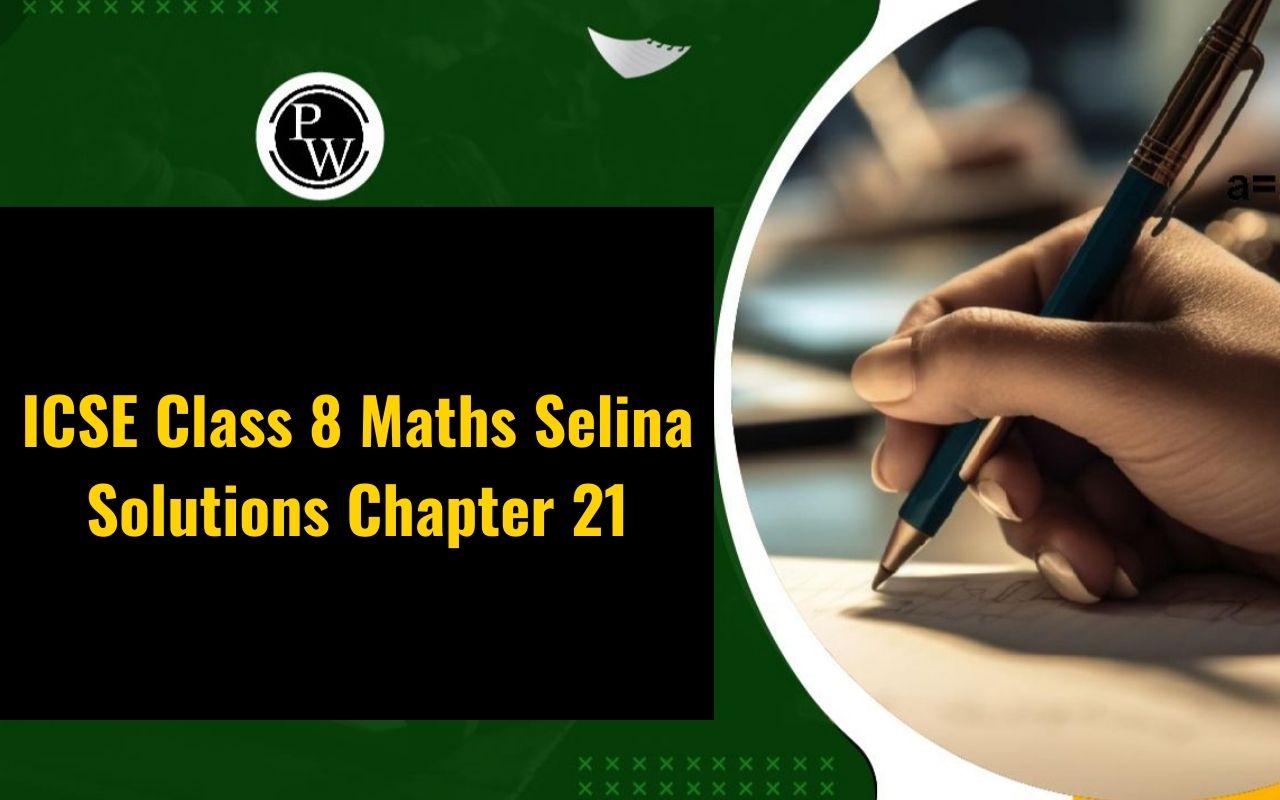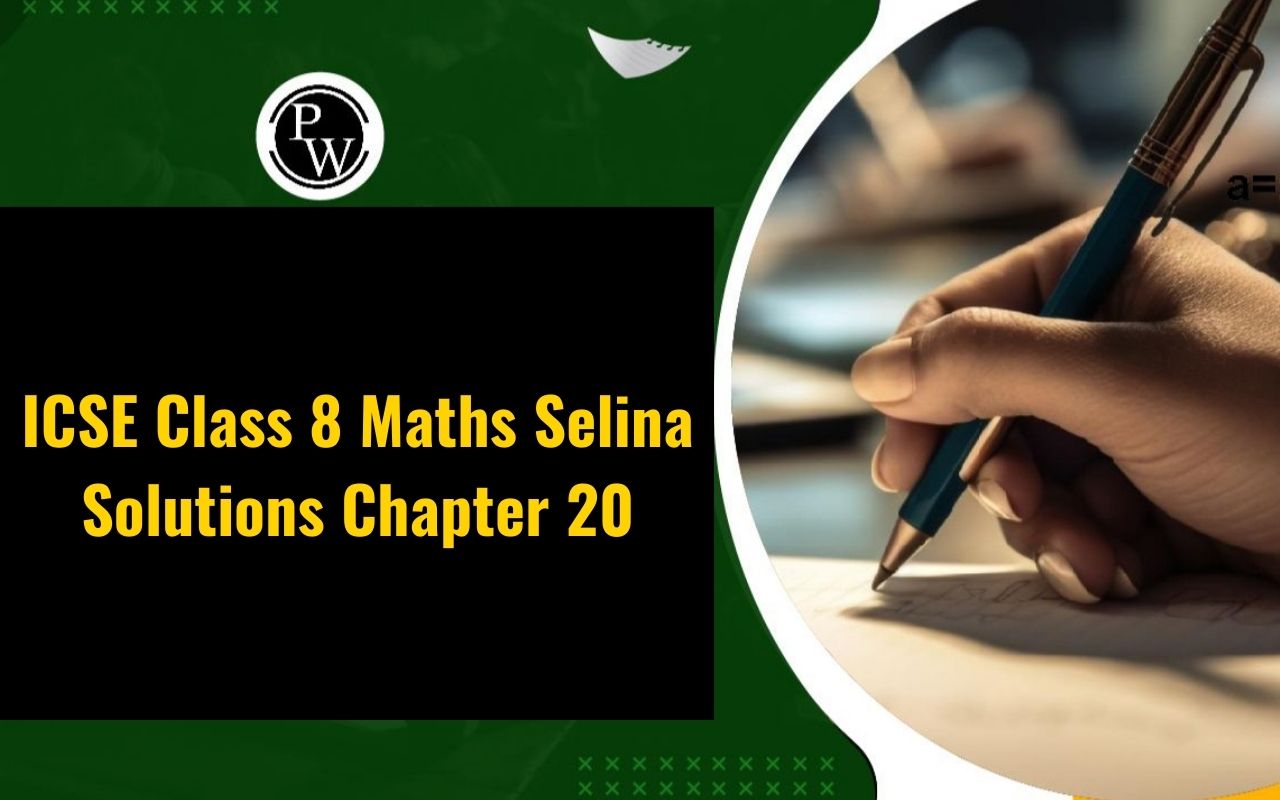

CBSE Class 11 Syllabus 2025-26 (All-Subjects)
In the tables provided below, you will find the Class 11 CBSE syllabus for the academic year 2025. This syllabus covers all major subjects including Maths, Physics, Chemistry, Economics, and English.CBSE Class 11 English Syllabus 2025-26
Below we have provided class 11 English Syllabus 2025 -
| Section | Competencies | Total Marks |
| Reading Skills | Conceptual understanding, decoding, analyzing, inferring, interpreting, appreciating literary conventions and vocabulary, summarizing and using appropriate formats. | 26 |
| Grammar and Creative Writing Skills | Conceptual understanding, application of rules, analysis, reasoning, appropriate style and tone, using appropriate format and fluency, inference, analysis, evaluation, and creativity. | 23 |
| Literature Text Book and Supplementary Reading Text | Recalling, reasoning, appreciating literary convention, inference, analysis, creativity with fluency, critical thinking. | 31 |
| TOTAL | 80 | |
| Internal Assessment | Assessment of Listening and Speaking Skills: • Listening • Speaking (5 + 5) • Project Work |
10 + 10 |
| GRAND TOTAL | 100 |
CBSE Class 11 Physics Syllabus 2025-26
The Physics paper is divided into two sections: theory and practical exams. The CBSE class 11 physics syllabus 2025-26 pdf includes chapters, marks, times, and further details.| Unit | Unit/Chapter name | Marks |
|---|---|---|
| Unit–I | Physical World and Measurement | |
| Chapter–2: Units and Measurements | 23 | |
| Unit-II | Kinematics | |
| Chapter–3: Motion in a Straight Line | ||
| Chapter–4: Motion in a Plane | ||
| Unit–III | Laws of Motion | |
| Chapter–5: Laws of Motion | ||
| Work, Energy and Power | ||
| Chapter–6: Work, Energy and Power | 17 | |
| Unit–V | Motion of System of Particles and Rigid Body | |
| Chapter–7: System of Particles and Rotational Motion | ||
| Unit-VI | Gravitation | |
| Chapter–8: Gravitation | ||
| Unit–VII | Properties of Bulk Matter | |
| Chapter–9: Mechanical Properties of Solids | 20 | |
| Chapter–10: Mechanical Properties of Fluids | ||
| Chapter–11: Thermal Properties of Matter | ||
| Unit–VIII | Thermodynamics | |
| Chapter–12: Thermodynamics | ||
| Unit–IX | Behaviour of Perfect Gases and Kinetic Theory of Gases | |
| Chapter–13: Kinetic Theory | ||
| Unit–X | Oscillations and Waves | |
| Chapter–14: Oscillations | 10 | |
| Chapter–15: Waves | ||
| Total Marks | 70 |
CBSE Class 11 Chemistry Syllabus 2025-26
The table below presents the Unit Wise syllabus of CBSE Class 11 Chemistry syllabus.The theory paper for Chemistry is allocated a total of 70 marks. Please review the syllabus provided:| S.NO | Units | Marks |
|---|---|---|
| 1 | Some Basic Concepts of Chemistry | 7 |
| 2 | Structure of Atom | 9 |
| 3 | Classification of Elements and Periodicity in Properties | 6 |
| 4 | Chemical Bonding and Molecular Structure | 7 |
| 5 | Chemical Thermodynamics | 9 |
| 6 | Equilibrium | 7 |
| 7 | Redox Reactions | 4 |
| 8 | Organic Chemistry: Some basic Principles and Techniques | 11 |
| 9 | Hydrocarbons | 10 |
| Total | 70 |
CBSE Class 11 Maths Syllabus 2025-26
The CBSE Class 11 Maths syllabus for 2025 will not only benefit students in their class 11 exams but also in competitive examinations. It is essential for students to thoroughly review the CBSE syllabus for Class 11 Maths 2025 and strategize their exam preparation accordingly. The Mathematics question paper carries a total of 80 marks.| No. | Units | Marks |
|---|---|---|
| I. | Sets and Functions | 23 |
| II. | Algebra | 25 |
| III. | Coordinate Geometry | 12 |
| IV. | Calculus | 8 |
| V. | Statistics and Probability | 12 |
| Total | 80 |
CBSE Class 11 Biology Syllabus 2025
Biology is a subject with high scoring potential for class 11 students, provided they prepare it with proper planning. It's essential to review the CBSE syllabus for class 11 Biology 2025, as it will not only be part of the final exams but also beneficial for those preparing for medical entrance examinations. The Biology theory paper carries a total of 70 marks.| Units | Marks |
| I. Diversity of Living Organisms | 15 |
| II. Structural Organization in Plants and Animals | 10 |
| (Chapter – 5 and 7) | |
| III. Cell: Structure and Function | 15 |
| IV. Plant Physiology | 12 |
| V. Human Physiology | 18 |
| Total Theory | 70 |
CBSE Class 11 Business Studies Syllabus 2025
The CBSE class 11 Business Studies syllabus for 2025 is divided into two parts: Part A - Foundations of Business, and Part B - Finance and Trade. Below, you'll find the detailed syllabus.
|
Unit name |
Marks |
|
Part A Foundations of Business |
|
|
Nature and Purpose of Business |
16 |
|
Forms of Business Organisations |
14 |
|
Business Services |
10 |
|
Emerging Modes of Business |
|
|
Social Responsibility of Business and Business Ethics |
|
|
Part B Finance and Trade |
|
|
Sources of Business Finance |
20 |
|
Small Business |
20 |
|
Internal Trade |
|
|
International Business |
|
|
Total |
80 |
|
Project Work (One) |
20 |
CBSE Class 11 Economics Syllabus 2025
The CBSE class 11 Economics syllabus is divided into two parts: Statistics for Economics and Introductory Microeconomics. The question paper for Economics carries 80 marks, with an additional 20 marks allocated for project work.| Chapters | Marks |
| Part A: Statistics for Economics | |
| Introduction | 40 |
| Collection, Organisation and Presentation of Data | |
| Statistical Tools and Interpretation | |
| Part B: Introductory Microeconomics | |
| Introduction | 40 |
| Consumer's Equilibrium and Demand | |
| Producer Behaviour and Supply | |
| Forms of Market and Price Determination under perfect | |
| competition with simple applications | |
| Project Work | 20 |
| Total | 100 |
Steps to Download CBSE Syllabus 2025-26 Class 11
Here are the steps to download the CBSE Syllabus 2025 for Class 11:Step 1: Visit the official website of CBSE: cbseacademic.nic.in.
Step 2: Navigate to the "Curriculum" section on the homepage.
Step 3: Click on the "Senior Secondary Curriculum" option.
Step 4: Choose the desired subject for which you want to download the syllabus.
Step 5: Click on the subject link to view and download the syllabus in PDF format.
Step 6: Save the PDF file for future reference.
CBSE Class 11 Syllabus 2025-26 FAQs
Will class 11 syllabus change in 2025?
Is the CBSE 2025-26 syllabus released?
Is there Hindi in class 11 CBSE 2025-26?
Is class 11 syllabus changed in 2025-26 pdf?




